If you ask someone to buy from you too soon, you could lose them forever.
Sound dramatic? It is a little—but only a little. Knowing when it’s time to transition from attracting leads and trust-building to sales is crucial, and making an offer at the wrong moment really can lose you customers.
How do you know when your customers are ready to buy? How do you move them from window shopping to credit card dropping?
You’ve probably heard of the buying cycle (or buyer cycle or buyer’s journey or whatever the hottest new term is). Awareness, consideration, decision, etc. etc. Those stages can be useful to figure out what marketing tactics to use.
But what do you actually say?
This post covers three marketing ideas that can help you turn eyeballs into checks. You’ll learn:
- How to “mirror” a prospect’s stage of awareness, to get them closer to the sale
- When to say things like “leverage initiatives” and when to say “do stuff”
- Why the buyer’s journey stage isn’t enough to sell—and the crucial missing piece of information
All the while, I’ll pull in real-life examples of websites and messaging that illustrates each principle.
Let’s talk about stages of awareness, sophistication, and intent.
What are stages of awareness?
Eugene Schwartz was one of the greatest copywriters and marketers ever to live.
Responsible for high-converting headlines like “Do You Have the Courage to Earn Half a Million Dollars a Year,” and “Give Me 15 Minutes and I’ll Give You a Super-Power Memory,” Schwartz ads reportedly sold over a billion dollars of product.
One of his most important contributions to the field of marketing is his book Breakthrough Advertising, in which he describes the five stages of awareness.
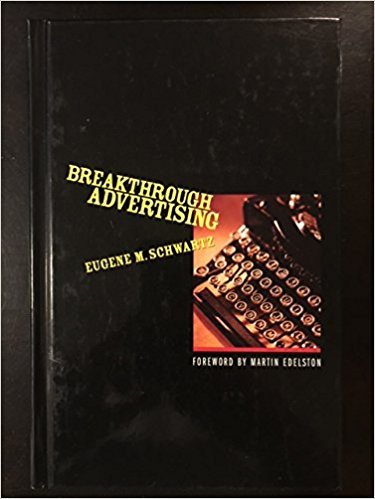
Source: Amazon
It’s hard to find a copy of Breakthrough Advertising for under $125, but many top copywriters consider it a necessary expense. Stages of awareness are one of the most valuable ideas to come out of the tome (which is a dense read).
Stages of awareness refer to the degree to which your prospect knows about their own pain points, general solutions, your product, and your product’s ability to solve their problem.
What’s helpful about Schwartz’s stages of awareness—and the reason it’s captured the imagination of copywriters and marketers—is that knowing your prospect’s stage of awareness gives you a framework to move people from just reading to the point of sale.
Here are the five stages of awareness.
- Unaware: A person doesn’t know they have a problem, and it’s usually not worth marketing to them.
- Problem Aware/Pain Aware: A person knows they have a problem, but doesn’t know there are solutions to that problem.
- Solution Aware: A person knows there are solutions, but hasn’t chosen one and doesn’t know about your product.
- Product Aware: A person knows about your product, but isn’t totally sure it solves their problem.
- Most Aware: A person knows a lot about your product. They are on the cusp of buying, but need to know the specifics.
When you know your prospect’s stage of awareness, you know exactly what you need to say to them.
A pain-aware prospect isn’t ready to hear about your products. They don’t even know that there are ways to solve their pain—so before you push for a sale you need to
- Reflect their pain back at them, to show you understand them
- Show that there are solutions to that pain
- Introduce your product as one possible solution
- Prove that your product is the best answer for them
This is easier to understand with a specific example, so let’s imagine two different prospects who are both trying to lose weight.
- Mike, a 40-year-old man, was in great shape back in his 20s. But since his career and family started taking up more time, he’s gained some weight. He’s ready to lose it.
- Joe, a 40-year-old man, has been overweight his whole life. When he turned 40, he decided that he wanted to lose weight once and for all.
Mike has been in shape before. He knows how to work out—or at least knows that it can be effective—so he doesn’t need as much convincing before we sell. He’s solution aware.
For Mike, we might say something like this.
“You want to lose weight, so you need an exercise program.
This program combines strength training, a healthy diet, and encouragement to get you results.
You can get the program, plus one-on-one training help, for $50 per session.”
Joe is another story. Joe has never been in shape. He doesn’t know how to work out. He might feel nervous about going to the gym or not really believe that exercise can work. Or just not understand how it works. Joe is painfully aware.
For Joe, we might use something like this.
“You feel uncomfortable in your own skin. Enough is enough – you’ve decided to lose weight.
If you’re thinking about losing weight, you’re probably looking at exercise routines.
Did you know that exercise can only get you so far? Diet is actually the key to shedding pounds.
When you combine diet with a great strength training program, you train your body to burn fat for energy. It takes energy to build and maintain muscle, and that energy comes from the food you eat. So if you build more muscle and eat less food, you lose weight.
This program combines strength training, healthy diet, and encouragement to get you results.
You can get the program, plus one-on-one training help, for $50 per session.”
What are the key differences here?
- The second message is much longer—Joe is only pain aware, so we need to do more work to get him to buy
- Both messages start by matching the stage of awareness. “You feel uncomfortable in your own skin” and “You need an exercise program” are the things that our prospects currently believe.
- Each message progresses from the starting stage of awareness toward most aware
When you understand the stages of awareness, it gets a lot easier to organize your marketing materials. Here’s how to speak to prospects in each stage of awareness.
The 5 marketing stages
Unaware: Good luck
Is it impossible to sell to unaware prospects? Of course not.
But you do have your work cut out for you. If someone doesn’t realize they have a problem, how on earth are you going to be able to buy a solution?
If someone doesn't know they have a problem...how will you get them to buy from you? Tweet this!Whenever possible, it’s preferable to work with prospects that are at least pain aware. But if you have to reach unaware people, there are two things you can try.
First, highlight a “problem” that you know everyone has.
Legendary copywriter Claude Hopkins did this when he needed to figure out how to sell…toothpaste.
In Hopkins’ time, toothpaste wasn’t as widely used, so he had a devilishly tricky challenge ahead of him. Here’s what he came up with.

Source: Heleo
Have you ever wished for whiter teeth? Thank Hopkins.
Run your tongue over your teeth right now. The brilliance of this campaign is that everyone has a slight film on their teeth between brushes. The alarmist headline suddenly takes people from unaware to pain aware.
The other, less alarming way to talk to unaware prospects is to talk about people “like” them.
You don’t have to reach far to find ads like this. “[INSERT CATEGORY OF PEOPLE HERE] are scrambling to get their hands on the latest craze!”
When you talk about people as a group, you activate social proof. You create the internal monologue “If everyone like me is doing [THING], maybe I should worry about that too.”
And your prospect becomes painfully aware.
Pain Aware: Mirror pain, push toward solutions
When your prospect is aware of their own pain, you can start pushing them towards most aware. You do this by meeting them where they are, and gradually guiding them through each stage.
For pain-aware prospects: meet them where they are, then guide closer to the answer to their problem Tweet this!Here’s an example of pain-aware messaging from a sales page by Ramit Sethi. (Because this comes from my personal swipe file, I’ve added some annotations).
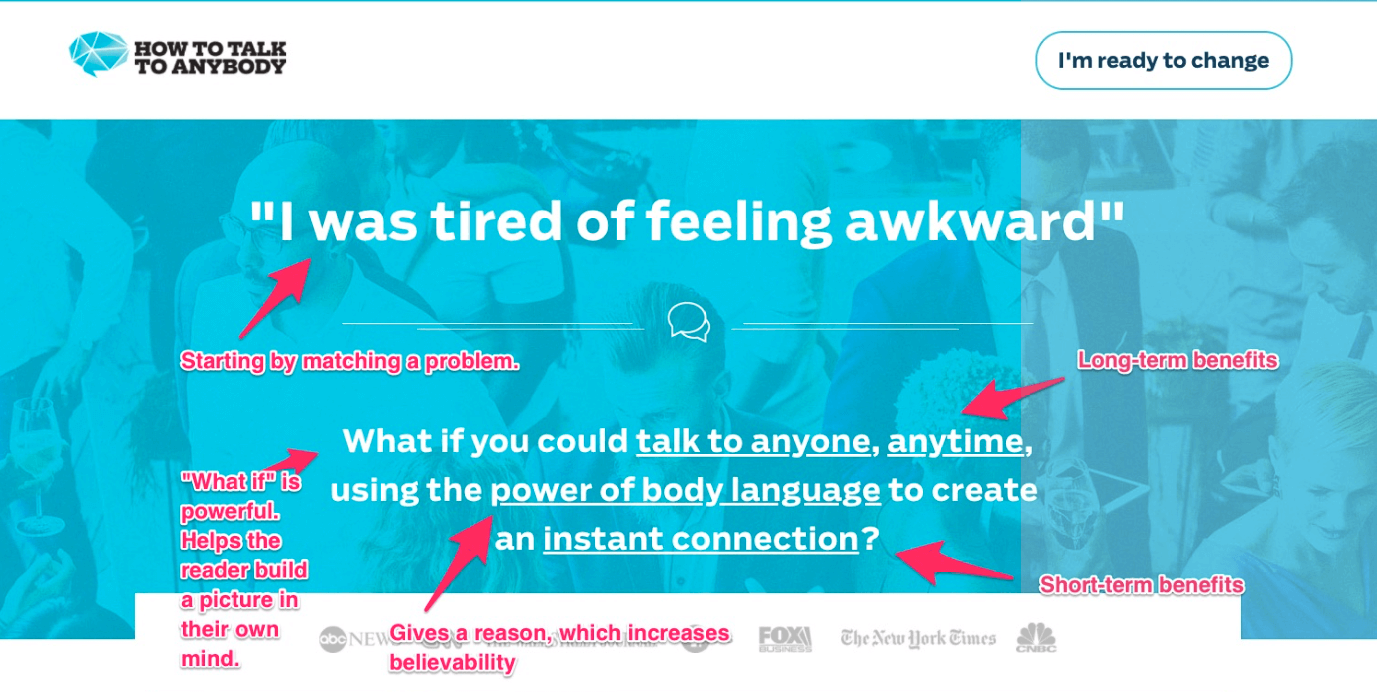
Source: IWT
Ramit Sethi has assembled a team of outstanding copywriters, and it shows. This sales page, and his others, begin by matching exactly how the prospect feels.
When you match a prospect’s pain, you get to join their inner monologue. You can chime in on the conversation that’s already going on in their head—and once you’re working in that space, everything you have to say becomes much more persuasive.
Solution Aware: Highlight benefits that favor your product
A solution-aware prospect knows that there are answers to their problems—they just don’t know about your answer to their problem.
The key marketing question – how can you join the conversation in someone's head? Tweet this!How can you join the conversation in this person’s head? Help them make their decision.
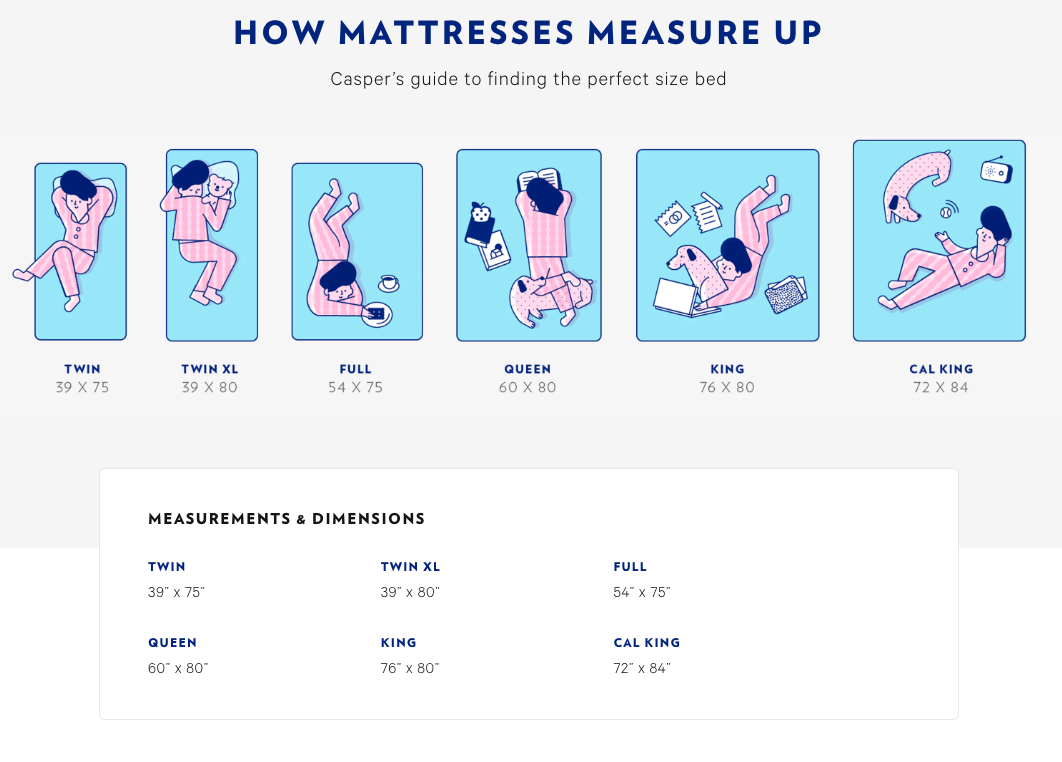
Source: Casper
Casper Mattresses does a lot of very smart marketing, and their mattress sizing guide is no exception. Someone who is solution aware knows they want a better mattress, but they don’t necessarily know how to choose a good mattress.
So help them out. Once you have their attention, you have the opportunity to highlight features of your product that other products don’t have—when you finally do introduce your product, they’ll be primed to buy.
Product Aware: Why you’re the best
They know who you are!
Your work to this point has been successful. You’ve attracted enough attention and have high enough brand awareness that someone has heard of you. Or you’ve successfully moved a prospect from earlier stages of awareness.
Either way, you’re almost ready to sell.
At this stage, your prospect knows about your product, but they’re still comparing you against a bunch of other products. Your job now is to show some teeth—why are you the best?

Source: Price Intelligently via Swipe File
ProfitWell drives home the benefits of their platform on this sales page. Further down the page, you’ll see them lay out step-by-step processes and benefits, which keeps pushing people towards the most aware.
This is the stage of awareness where most marketers already excel. It’s time to sell! It’s time to talk about benefits and features!
Most marketing isn't about why you are the best. But when you're prospect is Problem Aware, it's time to prove that you are. Tweet this!It’s time to convince your prospect that your product is the best fit for their needs.
Most Aware: Make ‘em an offer they can’t…resist
If you’ve got the most aware prospects, pat your marketing team on the back.
Most aware prospects already know what you do. They already think that you’re the best answer to their problem. All they need to do is hear your offer.
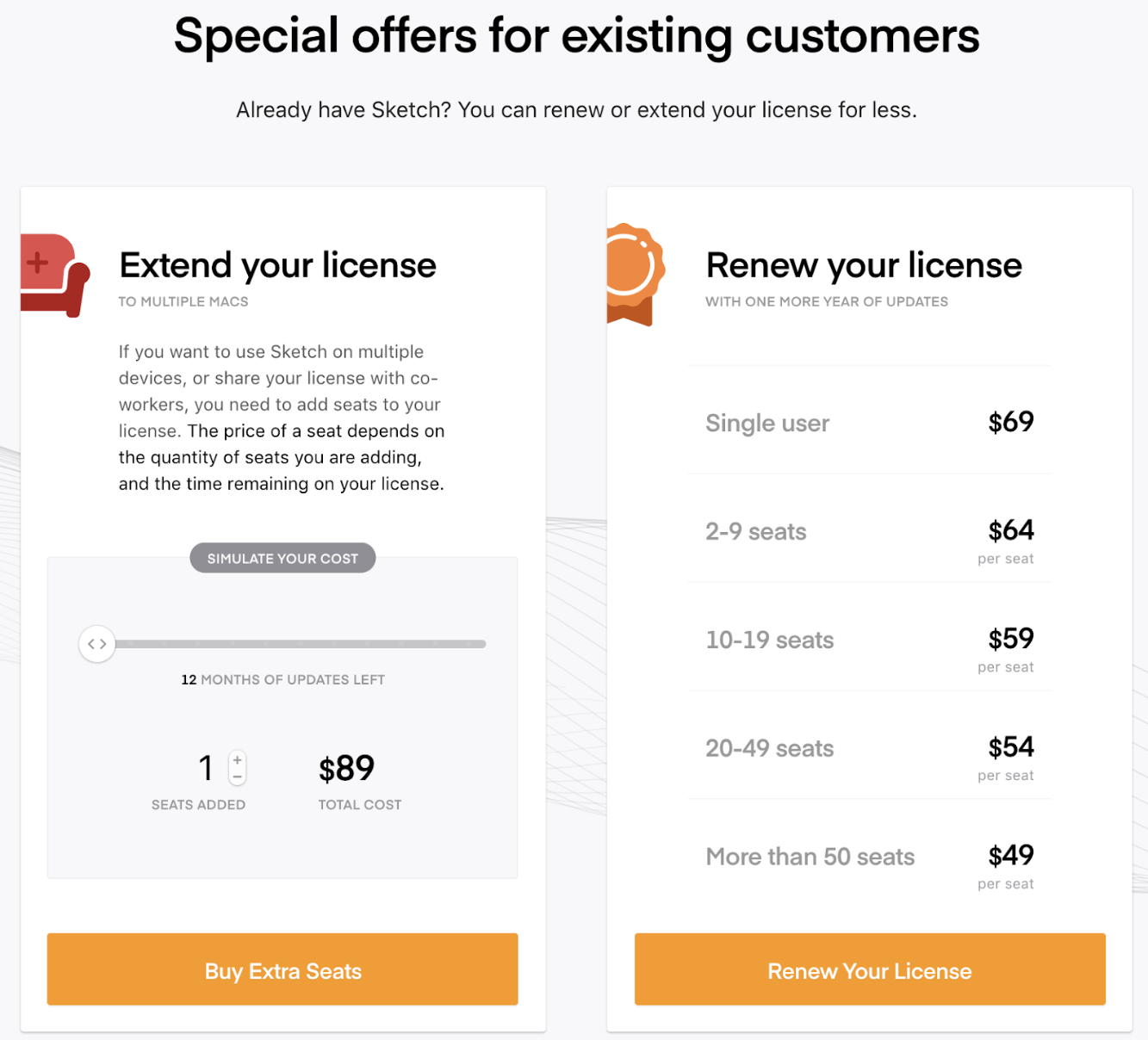
Source: Sketch via Swipe File
Sketch’s offer here is going out to existing customers—who by definition are already most aware. They know that their customers already understand Sketch’s value, so they don’t belabor the point. Just make an offer.
The biggest mistake people make for most aware prospects is saying too much. Get out of the way! Make a great offer, include a great guarantee (to reduce risk) and let people buy.
When people know you and you have a great product, get out of the way and let them buy! Tweet this!That covers stages of awareness—and honestly, if you understand stages of awareness, you’re already ahead of the game.
But there are two more ideas that can help you sell better.
Levels of Sophistication: It isn’t always rocket surgery
Who are you talking to, and how much do they know about what you’re selling?
At first glance, that question seems like a rehash of stages of awareness. But it’s actually not. Sophistication refers to how knowledgeable or expert your audience is.
How sophisticated is your audience? How much do they know about your product and industry? (it's probably less than you think) Tweet this!It defines whether you should say things like “leverage initiatives” (for a B2B executive with an MBA) or “do stuff” (for a solopreneur who doesn’t care for buzzwords).
The levels of sophistication are pretty self-explanatory (low, middle, high), so let’s jump right into some examples.
High sophistication: Get technical
If you’re dealing with a very technical audience, get technical!
For a company like ActiveCampaign, we have some users who just want to send email newsletters. We have other users who want to use integrations and webhooks, make API calls, or sync our platform with their app.
For demonstration purposes, though, I’ll stick to fitness as my example across all three levels of sophistication.
Take a look at this excerpt from a blog post by Eric Cressey.
Well, when it comes to cervical extension, most people get far too much in the upper cervical region and far too little in the lower cervical spine. So, not all ‘look ups’ are coming from the same place – and some will certainly create more pathology than others.”
Eric Cressey is a top strength and conditioning coach that works with professional athletes and serious weekend warriors. This excerpt comes from an article on neck position while lifting.
It’s pretty clear that he isn’t talking to your average gym-goer.
But for the people who are at this level of sophistication, this content is like an oasis in the desert. It’s hard to find a detailed analysis of neck position for lifts, and Cressey provides answers that are hard to come by elsewhere.
Middle sophistication: Use analogies
What about people at the middle level of sophistication? These people aren’t interested in talking about the particulars of cervical extension, and they don’t care which muscles are innervated by the C7 nerve root
But they might be interested in the takeaways of research on those subjects.
Let’s take a look at a fitness example targeted at people who are moderately sophisticated.
Stand and try to give yourself a flat beltline by squeezing your cheeks together—hard. If the fronts of your hips begin to complain with the stretch, you might have gluteal amnesia. If you can’t figure out how to squeeze your cheeks at all, you might have a nice case of gluteal amnesia
This often leads to back issues, tight hip flexors, and the dreaded pooched belly.”
That’s strength coach and Olympian Dan John, writing on bodybuilding.com. He’s writing to people who are interested in this kind of thing, but not interested enough to take kinesiology classes.
As you can see, he introduces a technical-sounding term (“gluteal amnesia”), but he explains it using simple language and analogies.
This is a great way to appeal to people in the middle level of sophistication.
If you use technical terms, do it sparingly—use analogies to explain them through concepts that people already understand.
Low sophistication: Keep it simple
These people don’t know anything about the cervical spine. They don’t really care about gluteal amnesia. If they know the names of any muscles, it’s probably in broad terms—quads, biceps, shoulders, abs.
Meet them where they are.
Here’s John Romaniello, giving a layman’s explanation of bodybuilding’s “Golden Ratio” without actually using that language.
It starts with a body that is lean, dense, and powerfully athletic looking.
The “look” is comprised of strong, sexy shoulders and a wide back that compliments a lean waist, and streamlined but powerful looking arms. And there is a level of muscularity that is above average, and even obvious in clothing.
Roman writes for a more general audience—one that’s more interested in results than of learning the nitty-gritty of fitness.
There’s a version of this article that talks about V-tapers, and how the lats and delts can help create a trim, muscular look.
But that isn’t what this audience cares about. So instead of talking about middle deltoid development, Roman says “sexy shoulders.” And instead of talking about “latissimus dorsi” or even “lats like wings,” he says “wide back.”
Low sophistication can be a difficult level to write for. If you’re an expert in your subject, you’re burdened with the Curse of Knowledge—it’s hard to appreciate the complexity of what you already know.
Focus on simple. Then make it simpler. At that point, you’ll almost be on the mark.
Levels of intent: The crucial missing factor
We’ve talked about sophistication and awareness, but there’s still one factor missing—how much someone cares.
Your product could totally solve a problem – but is it a problem people are willing to pay to solve? Tweet this!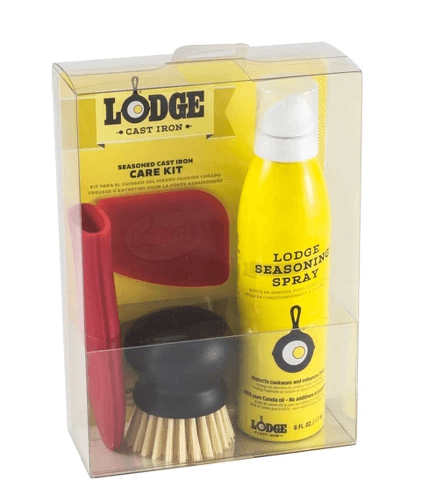
I have a cast iron skillet in my kitchen that’s been around and kickin’ for a few years now. Sometimes washing it is a little less convenient than washing a similar nonstick pan—and it turns out that Lodge sells an accessory kit that might just solve my problem.
Source: Target
A special brush and scraper would make it easier to clean my pan (since I can’t use steel wool on it). The seasoning spray might help out too.
But I’m probably never going to buy an accessory kit like this.
Why? It’s just not that big a deal. I can clean my pan just fine with what I have. My pain isn’t intense enough to make me take action.
I have low intent.
Contrast that with the time my plunger snapped. Holding the broken handle of a plunger, you had best believe my intent was sky-high—I went out to buy a new plunger immediately.
The level of intent of your prospect is crucial.
If someone is most aware but has low intent (like me with Lodge’s cast iron accessories), they’re very likely to never buy from you.
Conversely—if someone is extremely high intent but pain aware, they’re likely to progress through the stages of awareness extremely quickly. I bought a new plunger within the hour.
For intent, low and high intent really aren’t all that interesting.
- High intent: If your prospect is in the right stage of awareness, make an offer
- Low intent: Tough going. You could work on demand generation and engage people with a compelling brand…but generating intent is hard
But in the middle, you have an opportunity.
Remember the Ramit Sethi sales page I referenced earlier? That page is over 3,000 words long, as it needs to be to move people from pain aware to most-aware.
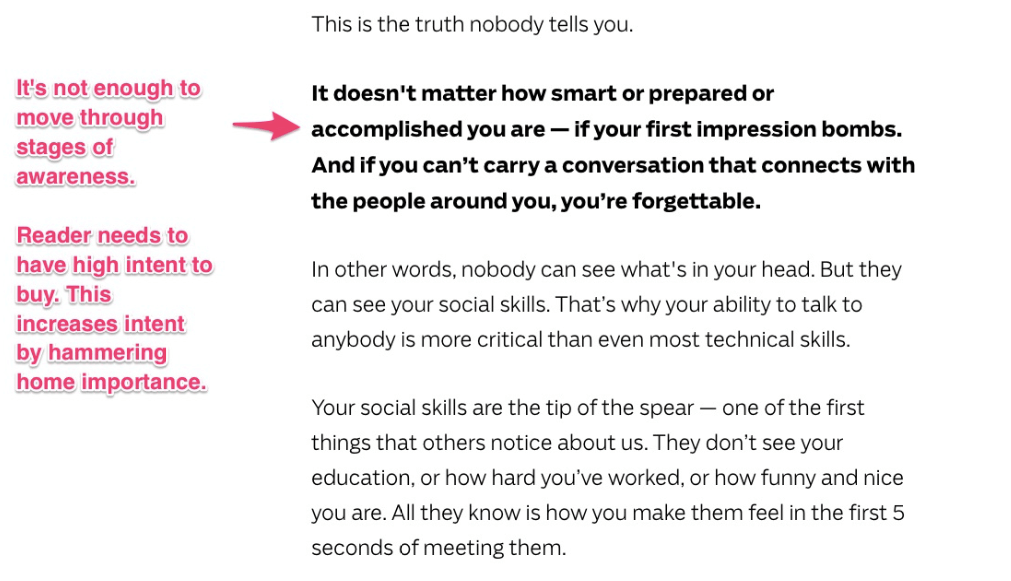
Throughout the page, though, the copy does something interesting.
It reminds the reader of the importance of their problem.
When you’re dealing with people who accept that they have a problem and think that the problem is at least somewhat important, you can amplify those beliefs.
Use concrete stories. Sell the short-term and long-term benefits. Hammer home the importance of the problem you solve—and how much better life would be after using the solution you provide.
Emphasizing the importance of the reader’s problem is a form of empathy. But it’s also a powerfully persuasive way to increase intent to buy.
Conclusion: How is all of this useful?
These three ideas—stages of awareness, sophistication, and intent—are kinda cool in theory. But how do they actually help you grow your business?
They help you sell better. They take all of the marketing you’re already doing and make it more effective.
Are you running Facebook ads? What stage of awareness are you targeting? Match it with the copy.
Do you send emails? How sophisticated are your subscribers? Write for them.
Do you have a website? What are you saying to people on each page?
When you hear about “knowing your audience” or “tailoring your marketing to the buyer’s journey,” this is what that means. When you understand these principles, you know exactly what to say.



